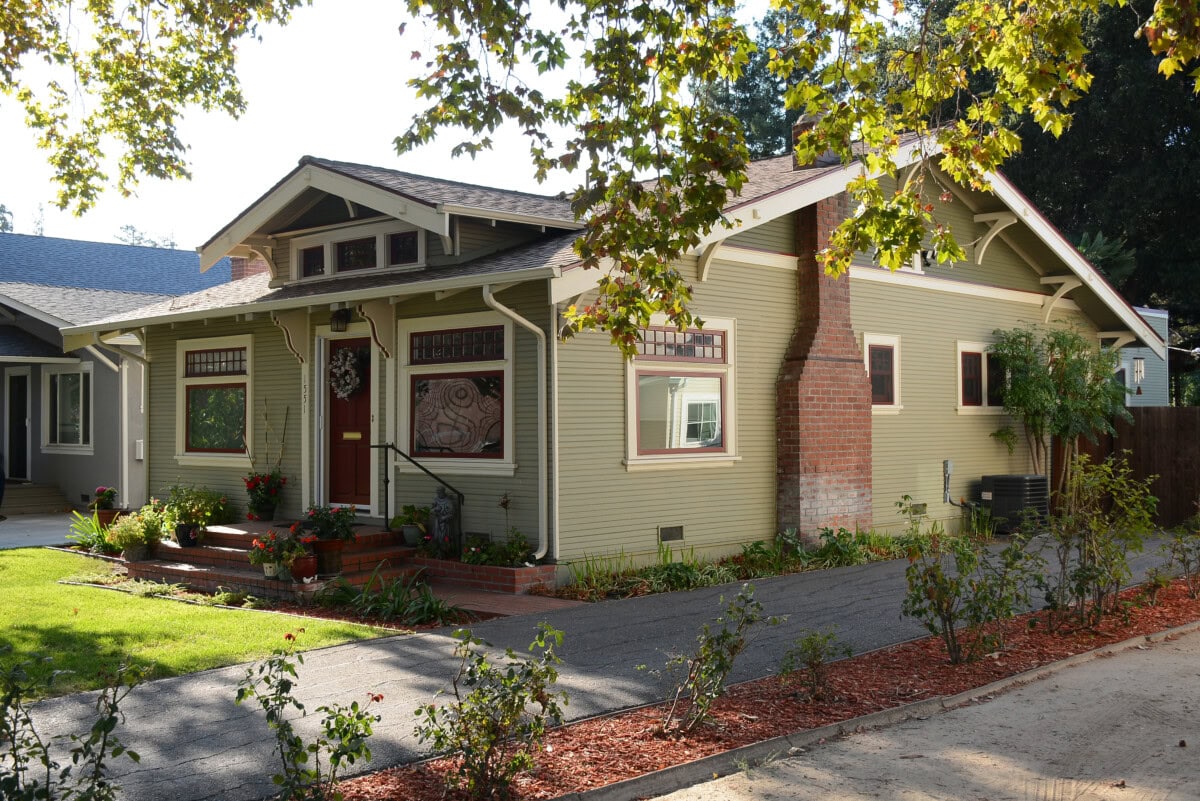
"If you've built up equity in your home, you might be wondering how to tap into it without selling. A cash-out refinance lets you do just that by replacing your existing mortgage with a new, larger one and taking the difference in cash. In this Redfin article, we'll explain what a cash-out refinance is, how it works, its pros and cons, and when it might make sense for you."
"A cash-out refinance replaces your current mortgage with a new loan that's larger than what you owe. The difference between your old loan balance and the new one is paid to you in cash. Example: If your home is worth $400,000 and you owe $250,000, you may refinance for $320,000. After closing costs, you'd receive roughly $70,000 in cash while your mortgage balance becomes $320,000."
"Common uses for cash-out refinancing Homeowners use cash-out refinances for many reasons, such as: Home improvements: Remodel a kitchen, add a bathroom, or make energy-efficient upgrades. Debt consolidation: Pay off higher-interest credit cards or personal loans. Education or medical costs: Fund tuition or cover unexpected expenses. Investments: Purchase an investment property or expand your portfolio. Emergency fund: Build financial flexibility with a safety cushion."
A cash-out refinance replaces an existing mortgage with a new, larger loan and pays the borrower the difference in cash. For example, a $400,000 home with a $250,000 balance could be refinanced to $320,000, yielding roughly $70,000 after closing costs while increasing the mortgage balance to $320,000. Lenders commonly allow borrowing up to about 80% of a home's value, with exact limits depending on credit, income, and lender rules. Common uses include home improvements, debt consolidation, education or medical expenses, investments, and building an emergency fund. Eligibility varies by lender and loan program, and different mortgage types have distinct requirements and benefits.
Read at Redfin | Real Estate Tips for Home Buying, Selling & More
Unable to calculate read time
Collection
[
|
...
]